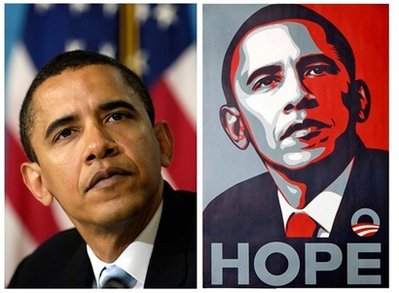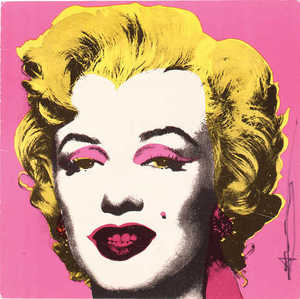How do I know when I’m plagiarizing?

That's the AP photo on the left, Shepard Fairey's poster on the right.
This is a question I got all the time when I taught graphic design, and it is a big issue in this digital world where images are seemingly there for the taking.
Shepard Fairey’s case seems to me to be a no-brainer—there’s hardly any difference between the AP photo and his poster, so I’m calling it plagiarism. If he’d done a caricature based on the photo, I believe he’d be in the right.
Take heed, you young illustrators! Grabbing an image off the ‘net and merely posterizing it is plagiarism. Researching your subject, getting multiple reference images and then creating something new from them isn’t. Drawing skills help—it means you don’t have to rely heavily on Photoshop.
For some more examples of plagiarism, click here.
More: What about Andy Warhol’s portraits? Were those his own photos that he’d made into silkscreen prints? If not, did Warhol’s process sufficiently alter the original image to make it his?


This famous image by Salvador Dali uses someone else’s photo which he directly painted on to alter it. The photo has been changed from its original straightforward portrait to Dali’s comment about Hollywood icons.



To add insult to injury, Fairey tried to cover his tracks and lied about his use of the AP photo. To see how much Fairey actually had to modify the original AP image, I took it into Photoshop, posterized it in red, white, light blue and dark blue using Photoshop’s built-in posterize filter. Total process, well under 5 minutes, and the result is almost identical to Fairey’s HOPE poster.